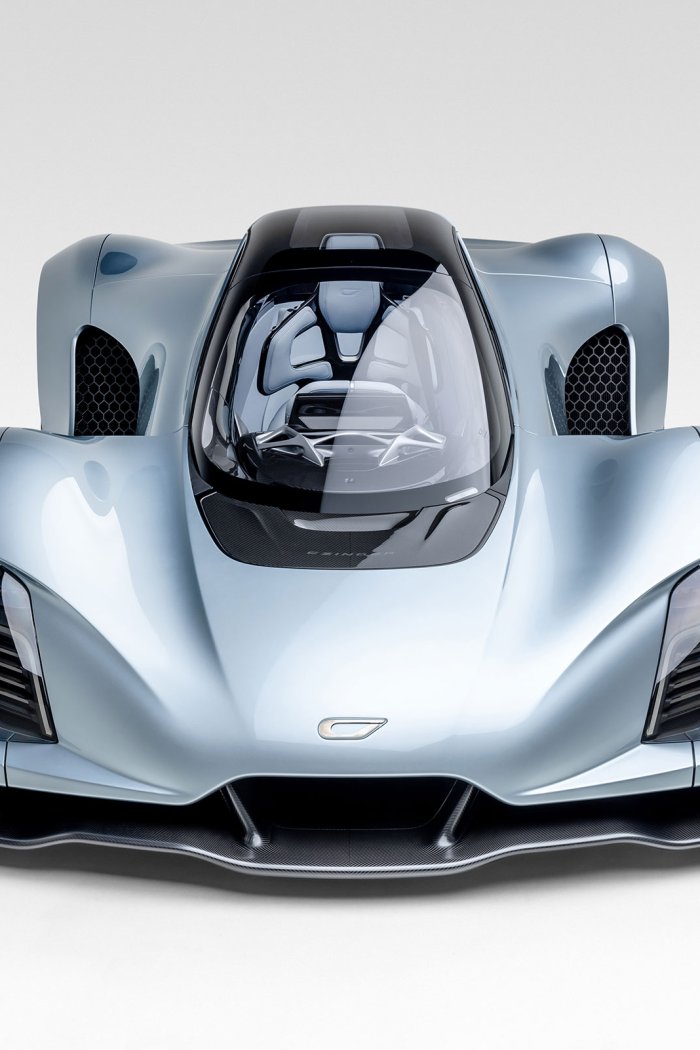These are independent reviews of the products mentioned, but TIME receives a commission when purchases are made through affiliate links at no additional cost to the purchaser.
Because of medical and ethical challenges, there’s much we don’t know about the first few weeks of human embryo development, says biologist Jacob Hanna of Israel’s Weizmann Institute of Science. Hanna’s team used naive stem cells treated with chemicals to nudge them into becoming four types of cells found in early embryos. One percent of the treated stem cells spontaneously formed a structure similar to a human fetus, which researchers allowed to grow for 14 days. While distinctly not human, the model is close enough to give researchers potential insights into fertility, miscarriage, and more, for the first time.
More Must-Reads from TIME
- Cybersecurity Experts Are Sounding the Alarm on DOGE
- Meet the 2025 Women of the Year
- The Harsh Truth About Disability Inclusion
- Why Do More Young Adults Have Cancer?
- Colman Domingo Leads With Radical Love
- How to Get Better at Doing Things Alone
- Michelle Zauner Stares Down the Darkness





